Vintage Treasures: The Best of Hal Clement
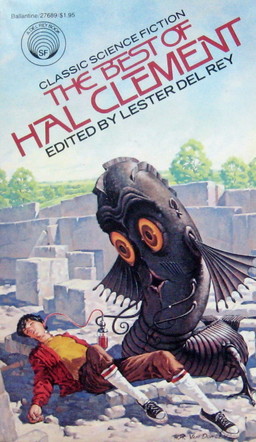 Hal Clement was perhaps the least well-known subject in the Classics of Science Ficiton series, even in 1979, when The Best of Hal Clement appeared. He’s virtually forgotten today, 10 years after he died.
Hal Clement was perhaps the least well-known subject in the Classics of Science Ficiton series, even in 1979, when The Best of Hal Clement appeared. He’s virtually forgotten today, 10 years after he died.
Ironically, he was probably the author I was personally most familiar with. Not because I read much of his fiction (not a lot was in print by the late 70s), but because of Maplecon.
Maplecon was the small local science fiction convention in Ottawa, Canada. I started attending in 1978, riding the bus downtown to the Chateau Laurier, a pretty daring solo outing at the age of fourteen. Hal Clement lived just a few hours away from Ottawa, in upstate New York, and he’d been a Guest of Honor at one of the earliest Maplecons; after that, he became a regular attendee. The convention staff referred to him warmly as “our good luck charm.”
I remember Clement — whose real name was Harry Clement Stubbs — as a friendly, highly articulate, and good-humored man. He was in his early 50s when I first saw him, so of course I considered him infinitely old. He was also soft-spoken and not prone to talking up his own work, which probably explains why all those times I heard him speak didn’t result in a lingering interest in his novels.
Clement wrote in a category that is nearly extinct today: true hard science fiction, in which The Problem — the scientific mystery or engineering puzzle at the heart of the tale — is the central character, and the flesh-and-blood characters that inhabit the story are there chiefly to solve The Problem. When Clement talked about writing, he mostly talked about the requirement to keep his stories as scientifically accurate as possible; he described the essential role of science fiction readers as “finding as many as possible of the author’s statements or implications which conflict with the facts as science currently understands them.”
Okay, that ain’t how I view my role as a reader — and I read a fair amount of hard SF. But your mileage may vary.
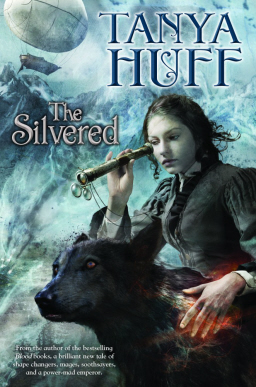
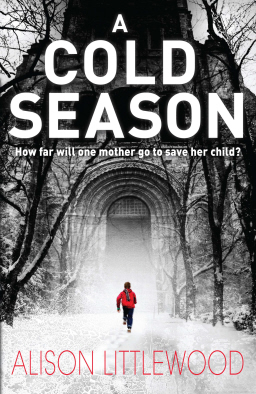
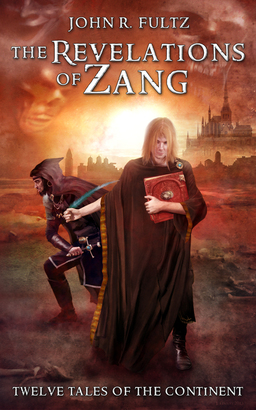
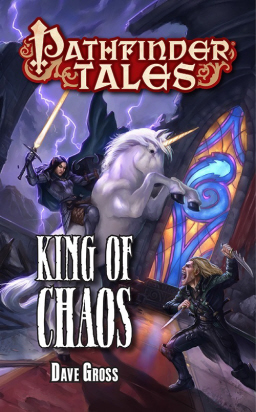
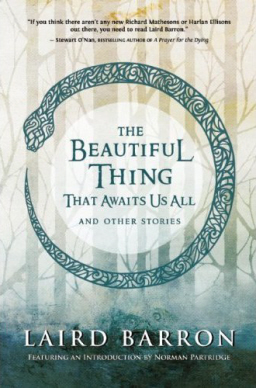
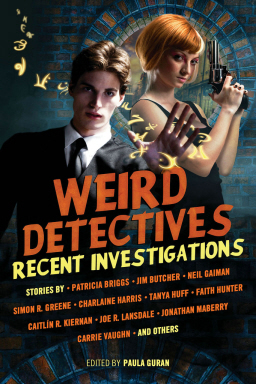
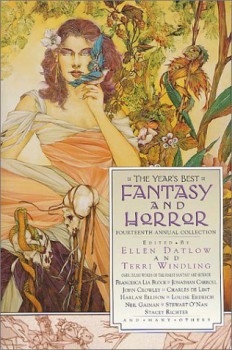
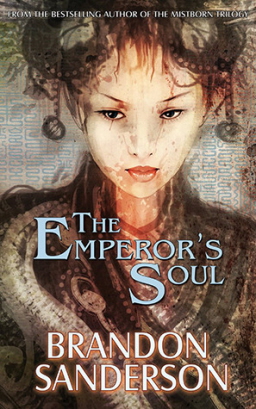
 You never know when you’ll find something fantastical to write about.
You never know when you’ll find something fantastical to write about.